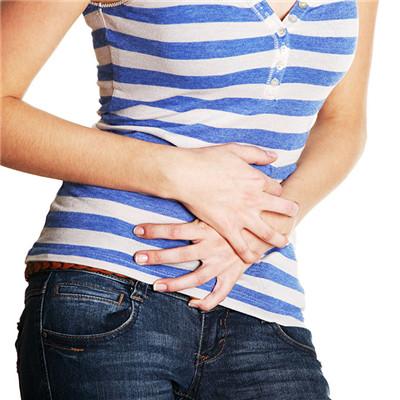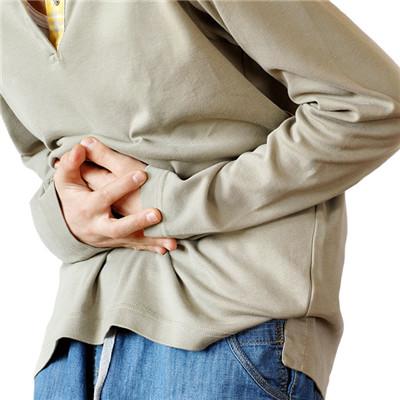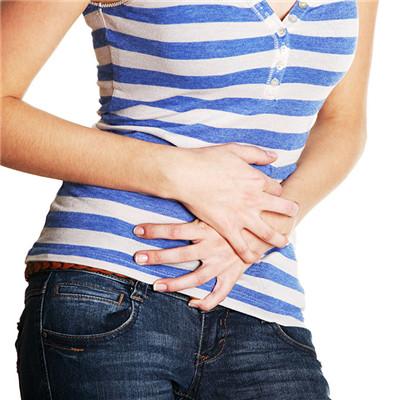Symptoms of female stomach disease?
summary
The symptoms of gastritis in women can be very mild or severe. The most common symptoms are epigastric discomfort or pain, nausea, vomiting, diarrhea and loss of appetite. Symptoms of gastritis and duodenal ulcer are burning pain in the upper abdomen, especially between meals, before breakfast or after drinking orange juice and coffee. Severe cases may have tarred stool, black stool or bloody stool. Symptoms of female stomach disease? Let's talk about it.
Symptoms of female stomach disease?
Acute attack of gastric disease 1) acute gastric mucosal lesion: it is characterized by varying degrees of erosion, shallow ulcer and bleeding of gastric mucosa. 2) Gastric and duodenal ulcer bleeding: is one of the common causes of upper gastrointestinal bleeding. Bleeding is caused by erosion and rupture of blood vessels by ulcers. 3) Acute perforation of gastric and duodenal ulcer: it is a common serious complication of gastric and duodenal ulcer. Most patients have a history of ulcer. 4) Gastric volvulus: depends on its acute and chronic and the scope and degree of volvulus. Acute gastric volvulus is characterized by pain in the upper abdomen or left chest. Patients with chronic gastric volvulus often have nonspecific symptoms such as stomach discomfort. 5) Gastric injury: no full-thickness rupture of the gastric wall injury, no obvious clinical symptoms, or only mild pain in the upper abdomen, gradually improved after clinical observation.

Digestive gastropathy 1) functional dyspepsia: upper abdominal pain, upper abdominal distension, early satiety, belching, loss of appetite, nausea, vomiting and other upper abdominal discomfort symptoms are excluded. 2) Achalasia: dysphagia, food reflux and lower sternal discomfort or pain. 3) Bile reflux gastritis: syndrome of upper abdominal pain, vomiting of bile, abdominal distension and weight loss caused by bile flowing back to the stomach. 4) Gastric dysrhythmia syndrome: refers to the gastric peristalsis rhythm disorder or too fast caused by nausea, vomiting, abdominal pain, abdominal distension of a group of symptoms. 5) gastric retention: those who vomited 4~6 hours before the food intake or * * >200ml for more than 8 hours, indicated that gastric retention was present.

Gastric malformation or surgical sequelae 1) gastric septum: a rare gastrointestinal malformation. The incidence rate is about 1/10 million, accounting for 1% of the atresia of the digestive tract. 2) Gastric diverticulum: it refers to the limited bag like dilatation or cyst like protrusion of the gastric wall, and most patients have no symptoms. 3) Double stomach: very rare in clinic, accounting for about 9% of the total digestive tract malformation. 4) Complications after gastrectomy: gastric bleeding, duodenal stump rupture, obstruction, gastrointestinal fistula, etc. 5) Residual sinus syndrome: anastomotic ulcer syndrome caused by incomplete resection of gastric antrum and residual gastric antrum during billroch II operation. 6) Gastric foreign body: divided into exogenous, endogenous and foreign body formed in the stomach, namely gastrolithiasis. 7) Gastrolithiasis: can be divided into acute and chronic two types. The course of disease is acute within 6 months and chronic over 6 months.

matters needing attention
Gastropathy patients should pay more attention to daily diet, timing and ration, while eating slowly, in order to facilitate digestion and absorption, reduce gastrointestinal burden. Do not often stay up late, stay up late will lead to abnormal gastric acid secretion. Reasonable exercise, enhance their own physique, stomach rhythmic peristalsis.















